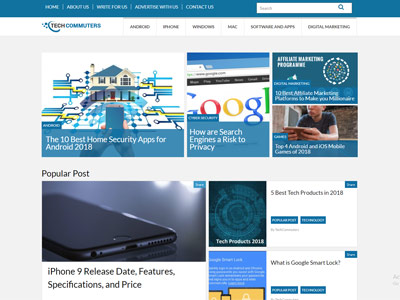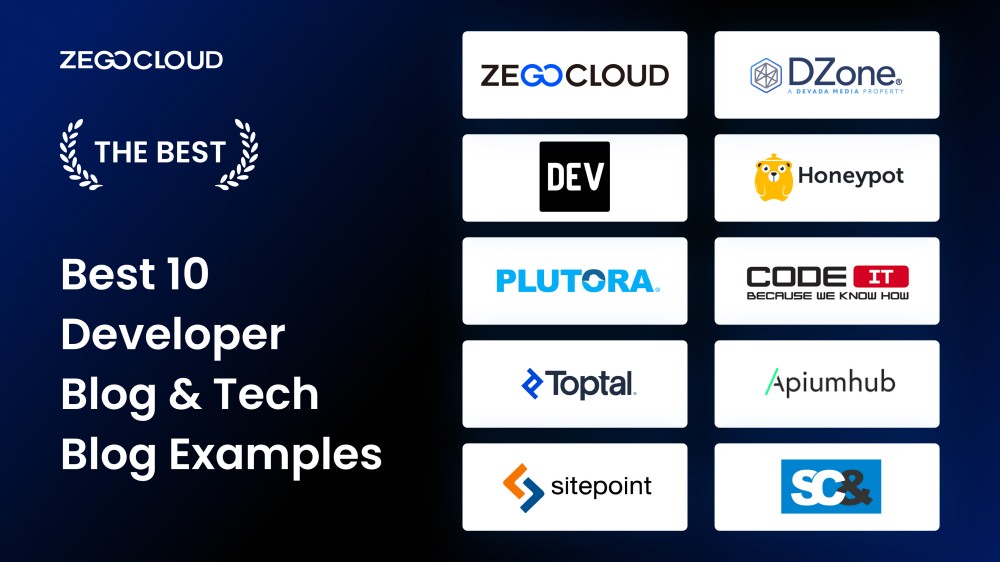Improve Your Knowledge with the Best tech blog Including Industry Professionals
Improve Your Knowledge with the Best tech blog Including Industry Professionals
Blog Article
Comprehending the Surge of Edge Computing in Today's Digital Globe
In the quickly evolving landscape of modern technology, side computing arises as a critical pressure, reshaping exactly how data is refined and used. By transitioning information administration closer to the source, side computer addresses vital latency problems while enhancing data transfer use and enhancing safety procedures.
What Is Edge Computing
Edge computer, although a fairly recent innovation in the realm of modern technology, basically changes just how data is processed and handled by bringing calculation and data storage space closer to the location where it is required. Unlike conventional cloud computing designs, which often count on centralized information facilities that can be geographically remote, side computer decentralizes information handling. This closeness minimizes latency, enhances real-time information handling, and enhances the overall user experience by guaranteeing quicker feedback times.
At its core, edge computer involves a network of local gadgets and facilities, such as routers, entrances, and sensors, with the ability of processing data at or near the resource. This local handling capability is especially important for applications calling for immediate data evaluation, such as independent lorries, industrial automation, and wise cities. Furthermore, by offloading information handling tasks from central web servers, side computer decreases bandwidth requirements and boosts information personal privacy and safety, as sensitive information can continue to be on-site rather than going across extensive networks.

Key Vehicle Drivers of Fostering
Numerous factors are moving the adoption of edge computer in today's digital landscape. Edge computing addresses this requirement by enabling information handling closer to the information resource, minimizing latency and improving real-time decision-making capacities.
One more significant vehicle driver is the need for enhanced transmission capacity effectiveness. Centralized cloud systems can end up being overwhelmed with the sheer volume of information generated by IoT devices, resulting in traffic jams (Best tech blog). By processing information at the edge, organizations can minimize network congestion and improve overall system efficiency
Additionally, protection and personal privacy problems are pushing organizations toward side computer. By processing sensitive information in your area, companies can minimize risks connected with information transmission and direct exposure to possible cyber threats.
The surge of applications needing real-time handling, such as autonomous vehicles and enhanced fact, also requires the quick action times that edge calculating supplies. Collectively, these chauffeurs are making side computing an essential component of modern IT facilities, leading the way for its extensive fostering throughout numerous industries.
Benefits Over Cloud Computing
Exactly how does side computing identify itself from standard cloud computing? Primarily, edge computing brings data handling closer to the source of data generation, commonly on nearby servers or regional devices, rather than relying internet on centralized data.
In addition, side computing boosts data transfer efficiency (Best tech blog). By processing data in your area, only the necessary data is sent to the cloud for more analysis or storage space, reducing the quantity of data that traverses the network. This not just alleviates network congestion however likewise decreases data transmission costs
Edge computer likewise provides enhanced data personal privacy and protection. Delicate information can be processed in your area without being sent to the cloud, decreasing the direct exposure to potential cyber risks. This is specifically beneficial for markets handling secret information, such as healthcare and financial services.
Additionally, edge computer ensures higher resilience and reliability. Local handling enables proceeded operation also when connection to the cloud is jeopardized, maintaining necessary functions and solutions despite possible network disturbances. These benefits jointly show edge computer's transformative capacity in enhancing performance and safety in digital communities.
Factors To Consider and challenges
While additional info side computing supplies countless advantages, it likewise presents unique difficulties and factors to consider that have to be dealt with to fully realize its potential. Additionally, handling and keeping track of a decentralized network of edge tools can be complex, needing innovative tools and approaches to ensure seamless procedure and upkeep. Best tech blog.
An additional factor to consider is the scalability of side computing options. As the variety of connected gadgets grows, so does the need for refining power at the edge, which can result in source restraints. Organizations needs to thoroughly intend their framework to accommodate this growth without jeopardizing performance or effectiveness.
Interoperability is one more vital aspect. With numerous hardware and software components entailed, guaranteeing compatibility and seamless assimilation can be challenging. Standardization efforts are important to assist in communication between disparate systems.
Future Fads in Edge Computer
Preparing for the future, edge computer is positioned to transform different markets by making it possible for quicker data processing and decreasing latency. As the quantity of information generated by IoT gadgets proceeds to expand, side computer will end up being significantly important in managing this influx successfully.
Another emerging pattern is the advancement of edge-native applications developed especially to utilize the special capacities of side computing. These applications will maximize efficiency and resource utilization, resulting in increased effectiveness throughout various sectors. Innovations in 5G modern technology will additionally strengthen side computing by supplying the needed framework for high-speed, low-latency communication in between tools and side nodes.
Conclusion
Side computing's surge is driven by the expansion of IoT gadgets and the need for real-time information processing, which improves efficiency by decreasing latency and decentralizing data management. This method minimizes transmission capacity inadequacies and security issues, helping with improvements additional info in applications like independent vehicles and wise cities. Regardless of difficulties such as infrastructure intricacy and integration, the future of side computer guarantees a more responsive digital ecosystem, with continued technologies shaping its advancement and expanding its applicability across markets.
Side computing, although a relatively recent advancement in the world of modern technology, fundamentally changes just how information is processed and handled by bringing calculation and data storage closer to the area where it is needed. Unlike conventional cloud computing versions, which typically count on central information centers that can be geographically distant, side computing decentralizes information handling. In addition, by unloading information handling jobs from central servers, side computing reduces transmission capacity demands and enhances data personal privacy and security, as sensitive info can continue to be on-site instead than passing through considerable networks.

Report this page